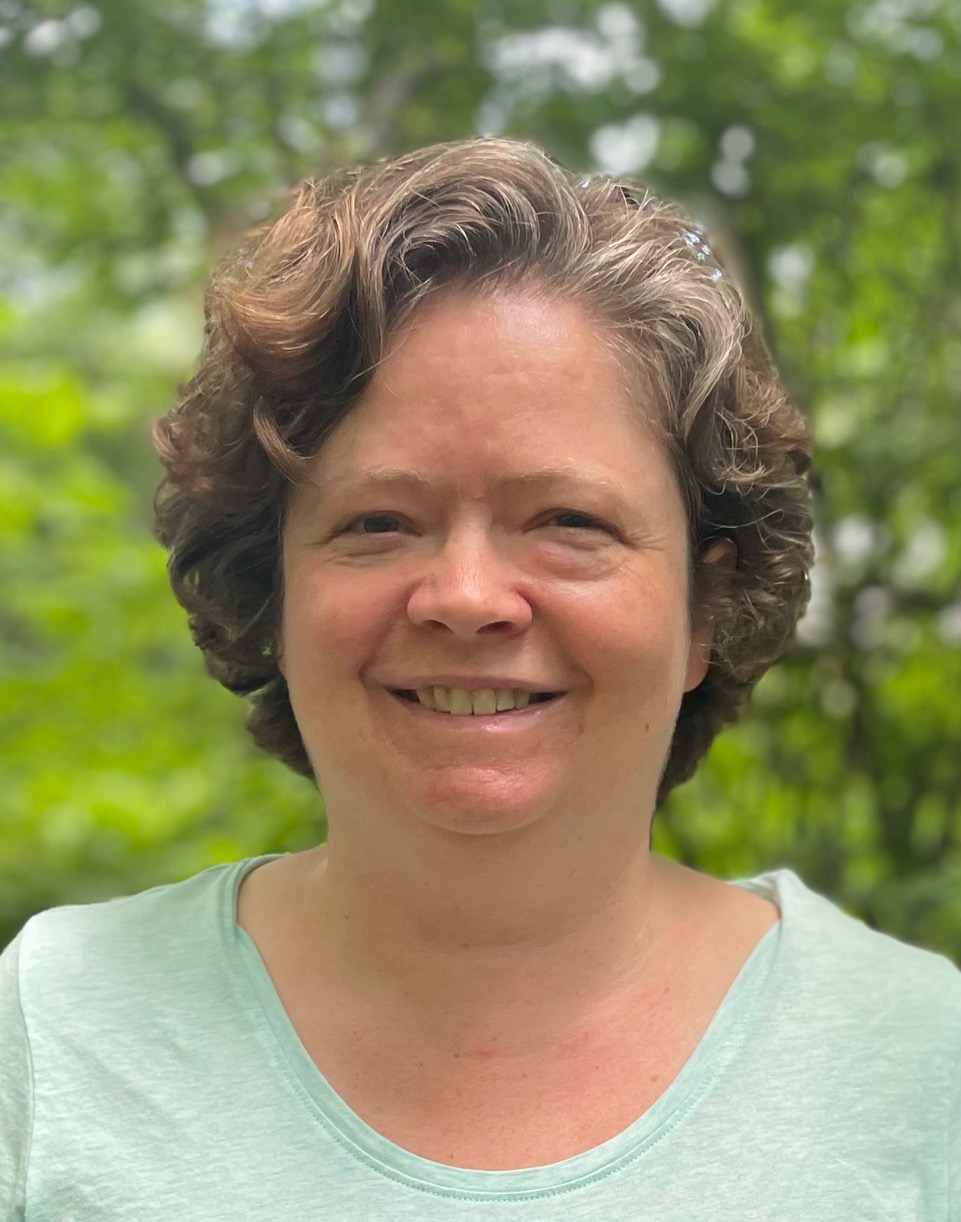Title: Associate Professor
Country/Region: USA
Period: 2023/07/01 - 2023/12/31
Theme: Earthquake foreshocks, rupture propagation, and aftershocks: How is strain release distributed before, during, and after large earthquakes?
Host: Toshihiro Igarashi
Introduction: Linda Warren is an associate professor at Saint Louis University. Broadly, she is interested in earthquake and subduction zone processes. Her research is focused on deep earthquakes, trying to understand why they occur, how they interact with shallow earthquakes, and what they can tell us about the forces driving subduction and subduction zone processes. Her recent work has focused on intermediate-depth earthquakes beneath Japan and Colombia. At ERI, she is excited to work with Toshihiro Igarashi and other ERI scientists to study the rupture processes of intraslab earthquakes beneath Japan.
Research Report:
ERI Final Report
Visitor: Linda Warren
Collatorators: Toshihiro Igarashi (host) and Aitaro Kato
Project title: Observations of the Aftershock Sequences of Intermediate-Depth Earthquakes
Beneath Japan
Dates: 1 July – 31 December 2023
The increasing pressure and temperature with increasing depth in the Earth should
prevent earthquakes from occurring >50 km depth, yet they are observed occurring down
to ∼700 km depth. At intermediate depths (50–350 km depth), the two most commonly
invoked mechanisms to explain why the earthquakes occur are dehydration embrittlement
and thermal shear instability. These two mechanisms have different implications for aftershock
production — dehydration embrittlement would lead to aftershock patterns similar
to those observed for shallow earthquakes whereas thermal shear instability would result in
few aftershocks — so observing and quantifying the temporal decay of intermediate-depth
aftershock sequences can help distinguish the causative source mechanism.
Japan’s high earthquake activity, earthquake catalog with a low magnitude of completeness,
and contrasting properties of the subducting Pacific and Philippine Sea Plates make
it an excellent location to study intermediate-depth aftershock sequences and how different
factors contribute to aftershock productivity. We analyze the 199 earthquakes in the JMA
Unified Earthquake Catalog from 1985–2021 with MJ ≥5.7 at 70–350 km depths (Figure 1)
and are able to fit the modified Omori’s Law to quantify the temporal decay for 21 of the
aftershock sequences.
The aftershocks tend to be clustered around the mainshock, so an aftershock zone
can be drawn that separates the aftershocks from the surrounding background seismicity.
Earthquakes within this subjective aftershock zone are used to characterize the aftershock
sequences. As an example, Figure 2 shows the aftershock sequence for the 15 January 1993
earthquake (MJ 7.5, 101 km depth) beneath Hokkaido with the modeled temporal decay for
the sequence. Based on 31 years of earthquakes, the temporal decay has p = 0.93, K = 28,
c = 0.07 days, μ = 0.0147 earthquakes/day, and a duration of 9.3 years.
In comparison with shallow aftershock sequences, the characterized aftershock sequences
have a similar temporal decay exponent p ≈ 1 but much lower productivity. Preliminary
results suggest that productivity is higher in the Pacific Plate than in the Philippine Sea
Plate, in the upper plane of the double seismic zone than in the lower plane, and for shallower
earthquakes. The characterized sequences last from ∼40 days to >30 years. The observations
of characterized sequences are closer to our expectations for dehydration embrittlement than
thermal runaway. Variations in productivity may relate to the amount of fluid available
Visitor: Linda Warren
Collatorators: Toshihiro Igarashi (host) and Aitaro Kato
Project title: Observations of the Aftershock Sequences of Intermediate-Depth Earthquakes
Beneath Japan
Dates: 1 July – 31 December 2023
The increasing pressure and temperature with increasing depth in the Earth should
prevent earthquakes from occurring >50 km depth, yet they are observed occurring down
to ∼700 km depth. At intermediate depths (50–350 km depth), the two most commonly
invoked mechanisms to explain why the earthquakes occur are dehydration embrittlement
and thermal shear instability. These two mechanisms have different implications for aftershock
production — dehydration embrittlement would lead to aftershock patterns similar
to those observed for shallow earthquakes whereas thermal shear instability would result in
few aftershocks — so observing and quantifying the temporal decay of intermediate-depth
aftershock sequences can help distinguish the causative source mechanism.
Japan’s high earthquake activity, earthquake catalog with a low magnitude of completeness,
and contrasting properties of the subducting Pacific and Philippine Sea Plates make
it an excellent location to study intermediate-depth aftershock sequences and how different
factors contribute to aftershock productivity. We analyze the 199 earthquakes in the JMA
Unified Earthquake Catalog from 1985–2021 with MJ ≥5.7 at 70–350 km depths (Figure 1)
and are able to fit the modified Omori’s Law to quantify the temporal decay for 21 of the
aftershock sequences.
The aftershocks tend to be clustered around the mainshock, so an aftershock zone
can be drawn that separates the aftershocks from the surrounding background seismicity.
Earthquakes within this subjective aftershock zone are used to characterize the aftershock
sequences. As an example, Figure 2 shows the aftershock sequence for the 15 January 1993
earthquake (MJ 7.5, 101 km depth) beneath Hokkaido with the modeled temporal decay for
the sequence. Based on 31 years of earthquakes, the temporal decay has p = 0.93, K = 28,
c = 0.07 days, μ = 0.0147 earthquakes/day, and a duration of 9.3 years.
In comparison with shallow aftershock sequences, the characterized aftershock sequences
have a similar temporal decay exponent p ≈ 1 but much lower productivity. Preliminary
results suggest that productivity is higher in the Pacific Plate than in the Philippine Sea
Plate, in the upper plane of the double seismic zone than in the lower plane, and for shallower
earthquakes. The characterized sequences last from ∼40 days to >30 years. The observations
of characterized sequences are closer to our expectations for dehydration embrittlement than
thermal runaway. Variations in productivity may relate to the amount of fluid available
View All
Fiscal Year: 2023
Fiscal Year: 2023


